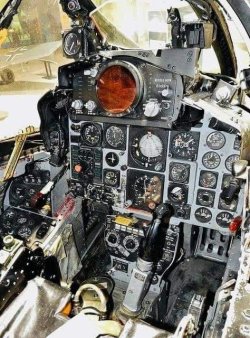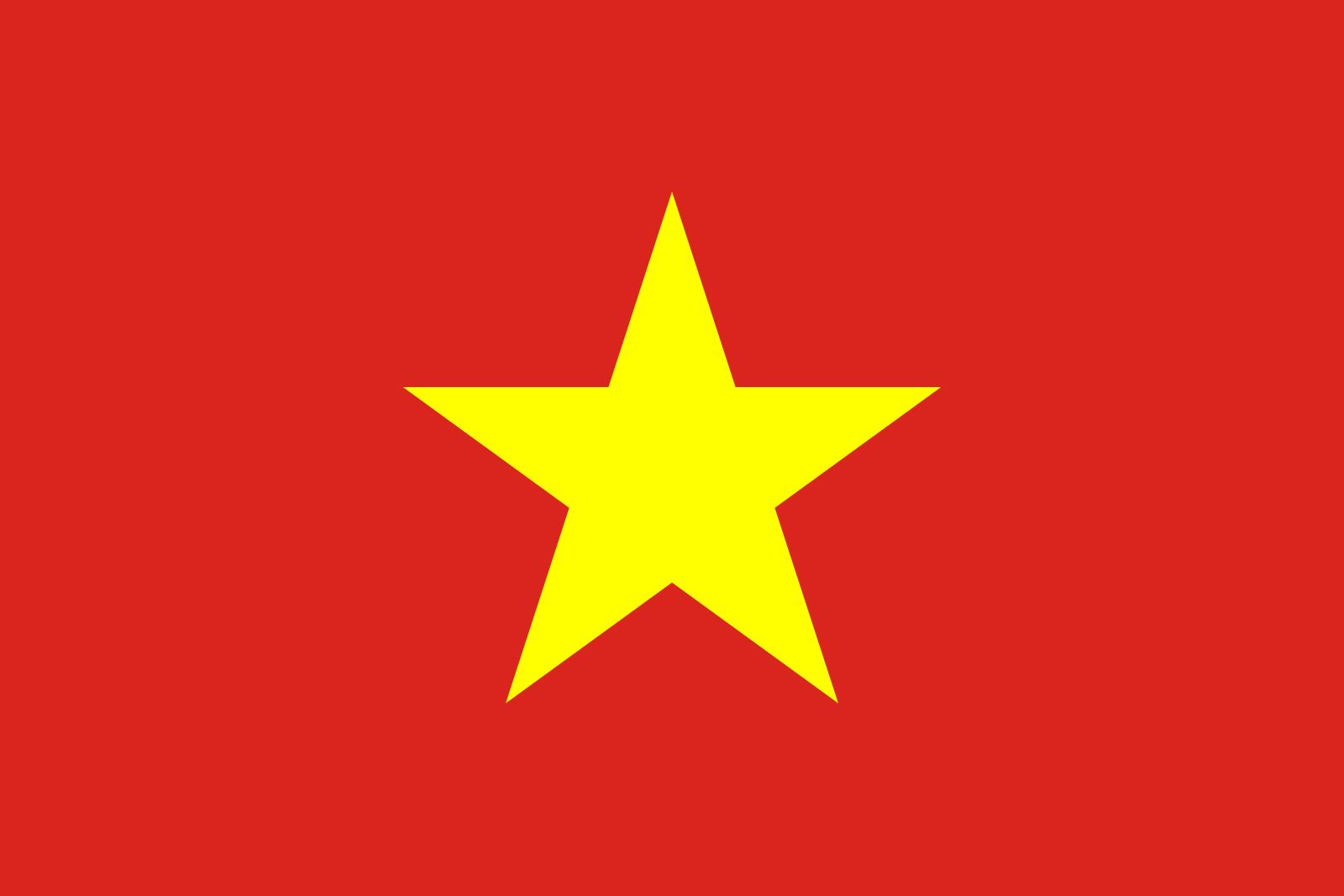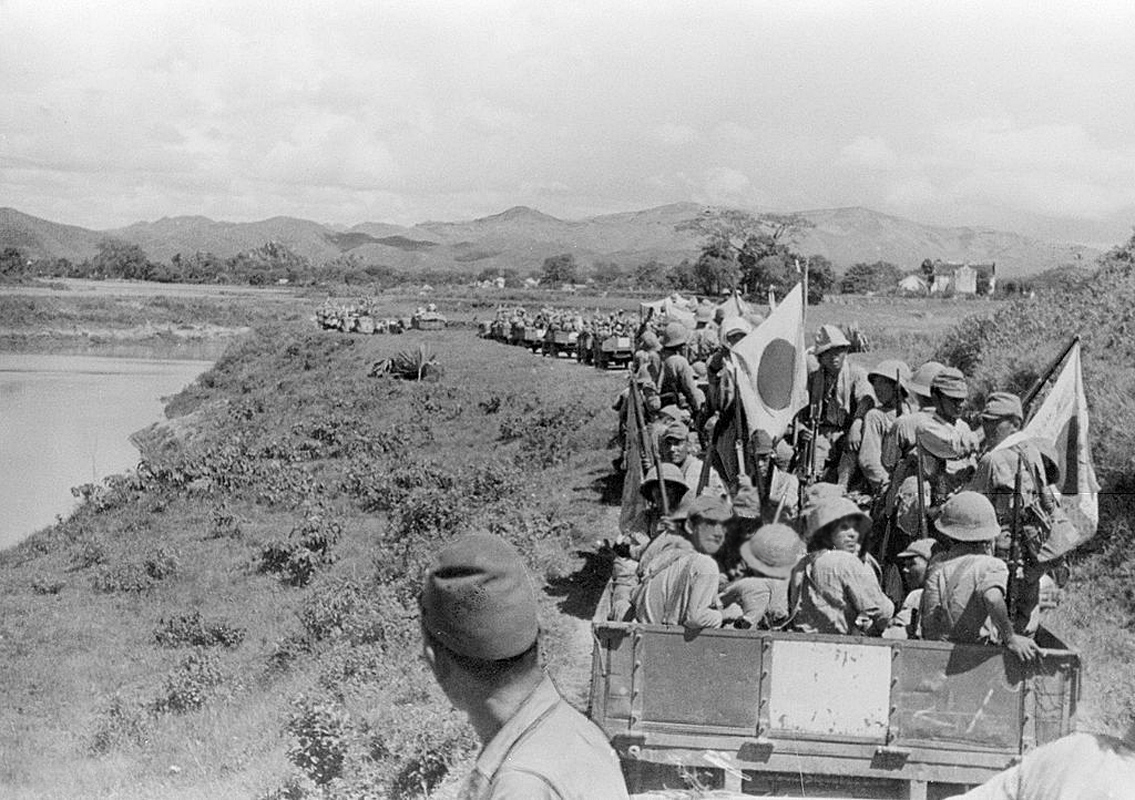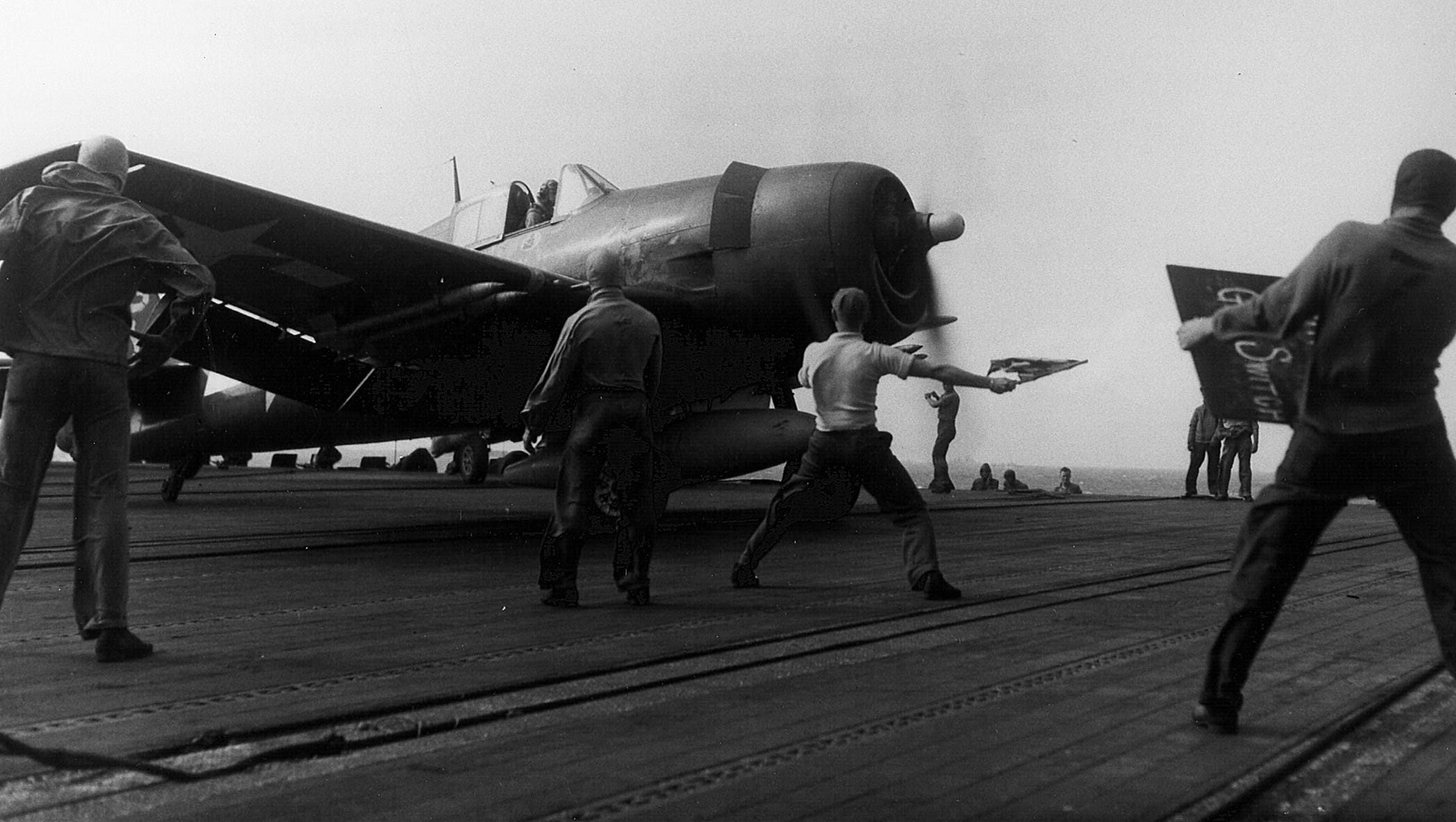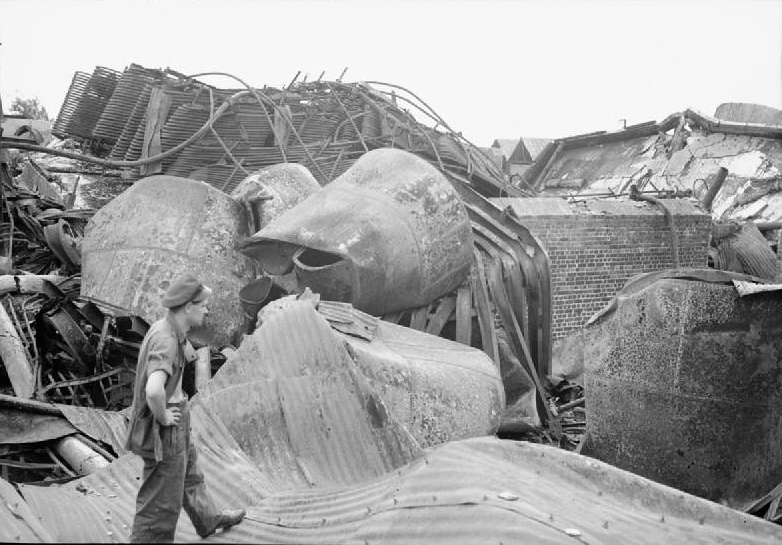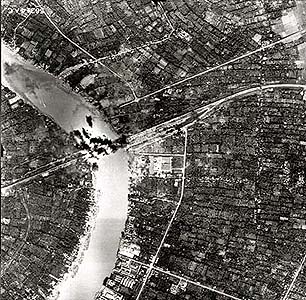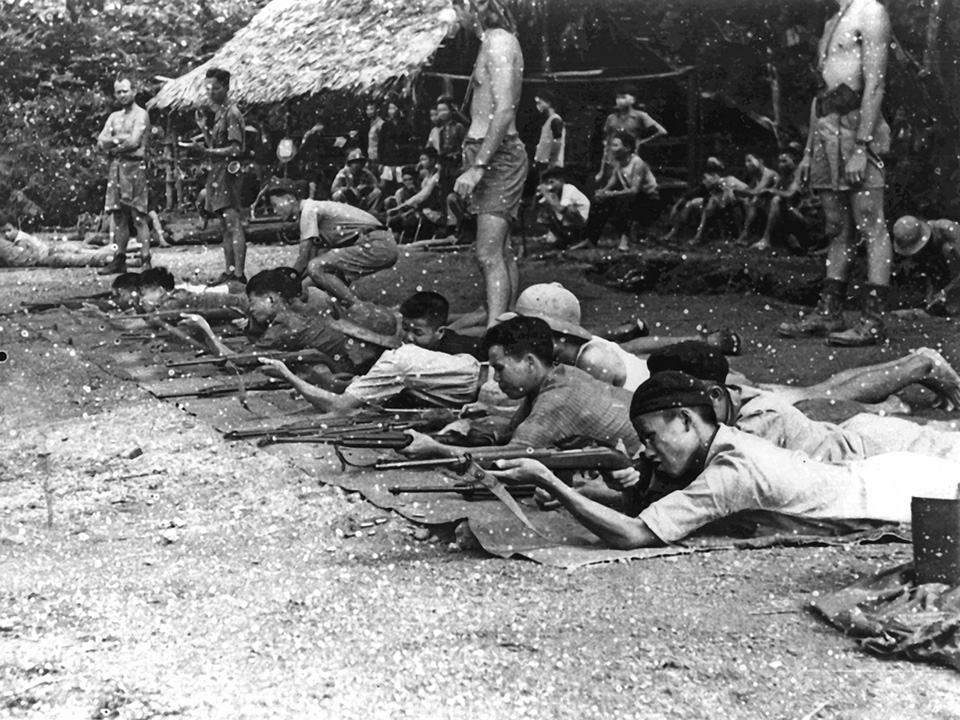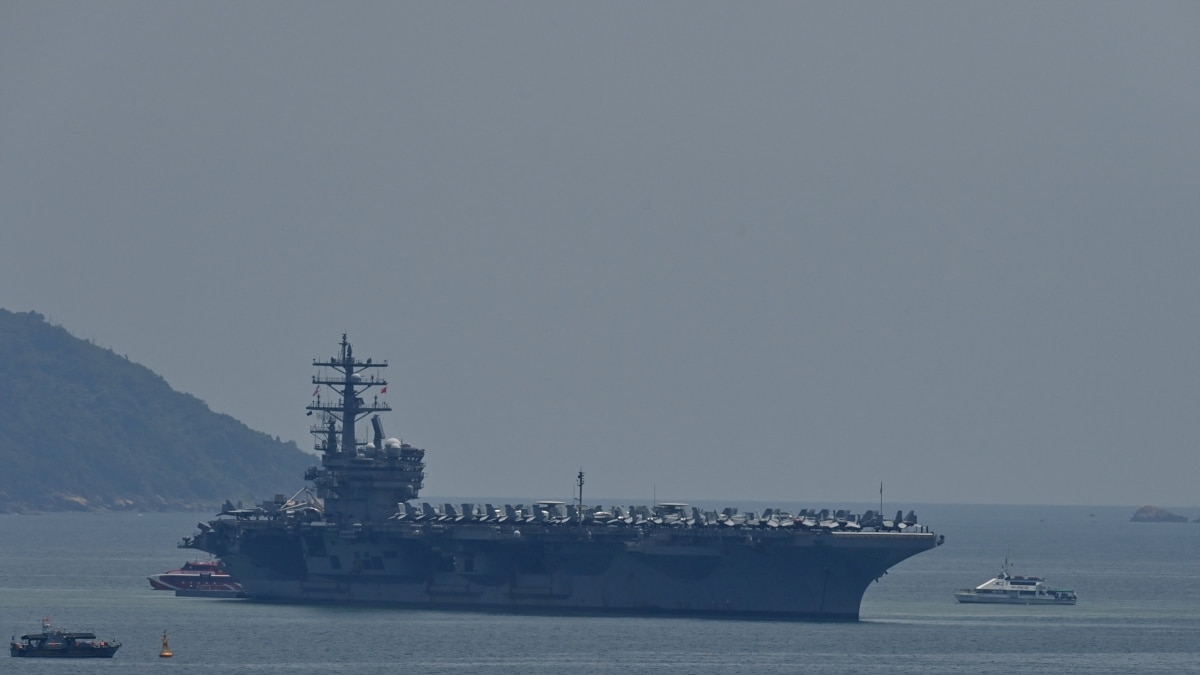The last F-4 I got close to was last year at the Wings Over The Rockies Air & Space Museum in CO.
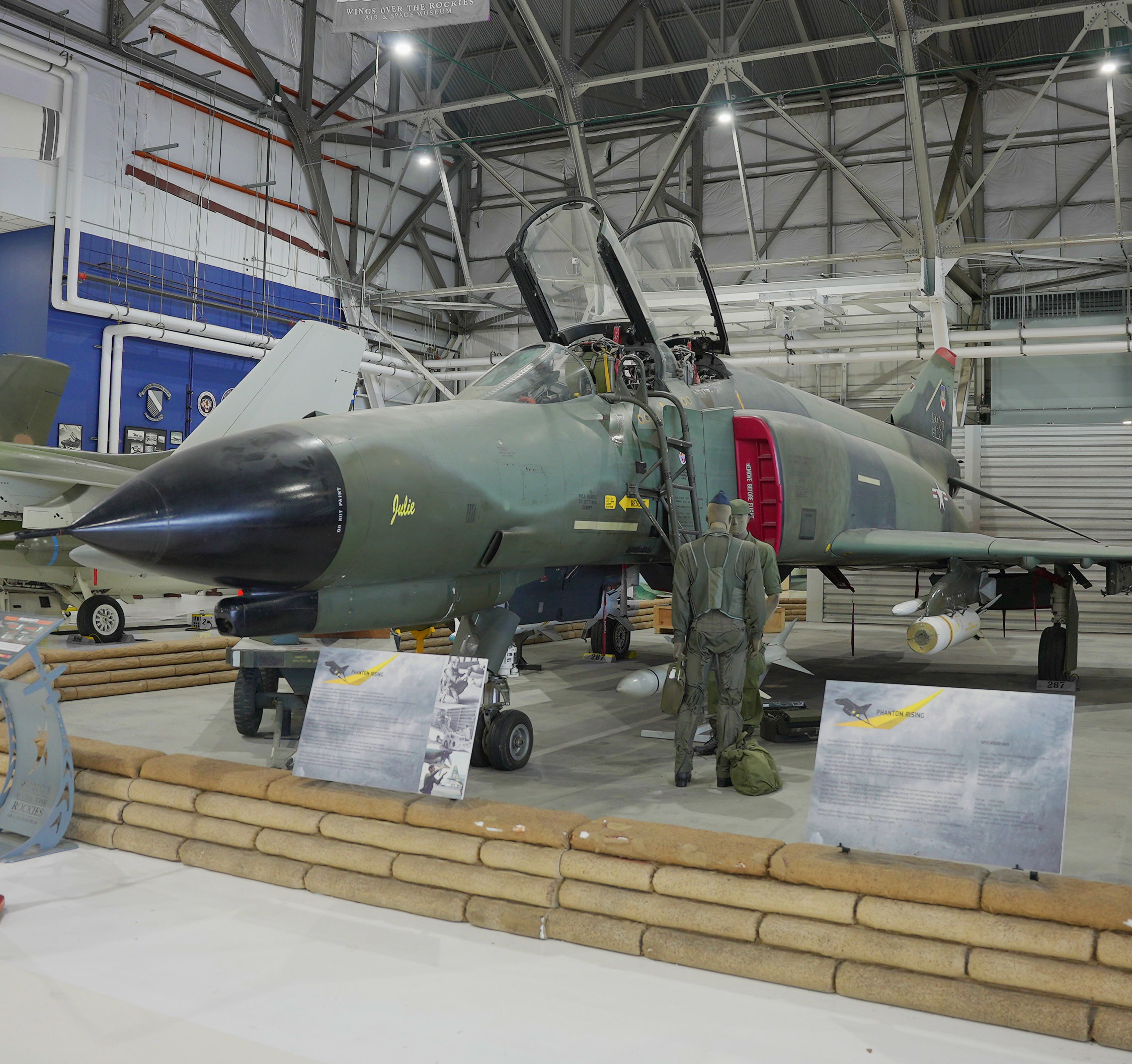
 wingsmuseum.org
The F-4E is always my favorite.
wingsmuseum.org
The F-4E is always my favorite.
The last F-4 I saw fly was in 2012 at the Duluth, MN Airshow. Not my pic since it's on a memory stick somewhere but found this one taken at the same airshow.
They had her stripped down in weight and she put on an impressive series of maneuvers that were not "brick-like".
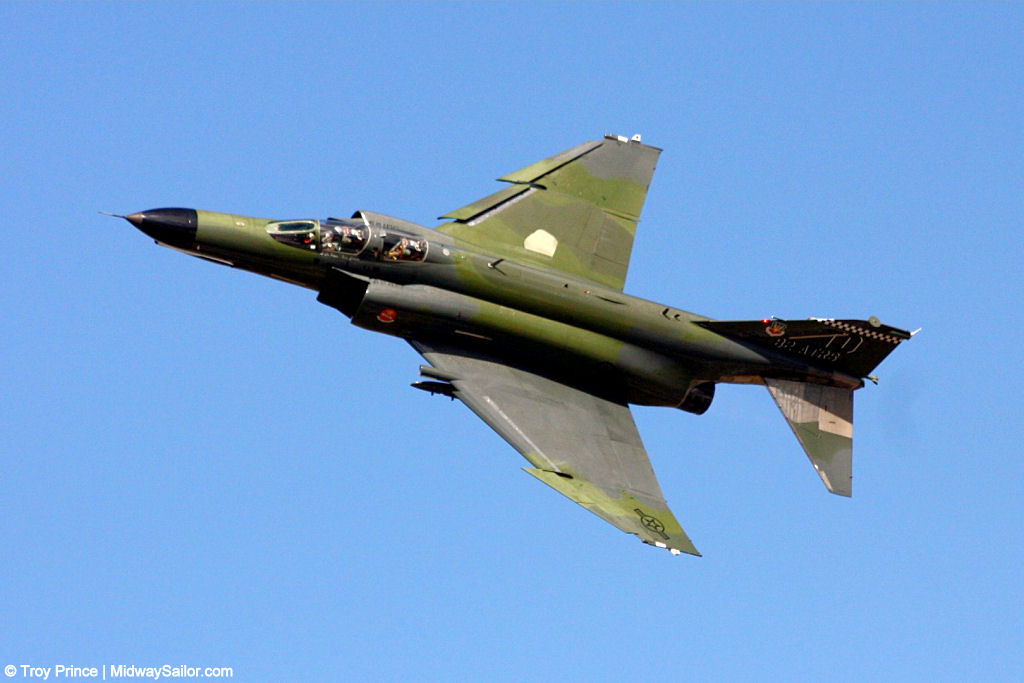

F-4 Phantom | Wings Over the Rockies Air & Space Museum
The F-4 Phantom exhibit showcases this dominating aircraft used by all three branches of U.S. military operations from the 60's to the 90's. Get tickets today!
The last F-4 I saw fly was in 2012 at the Duluth, MN Airshow. Not my pic since it's on a memory stick somewhere but found this one taken at the same airshow.
They had her stripped down in weight and she put on an impressive series of maneuvers that were not "brick-like".


